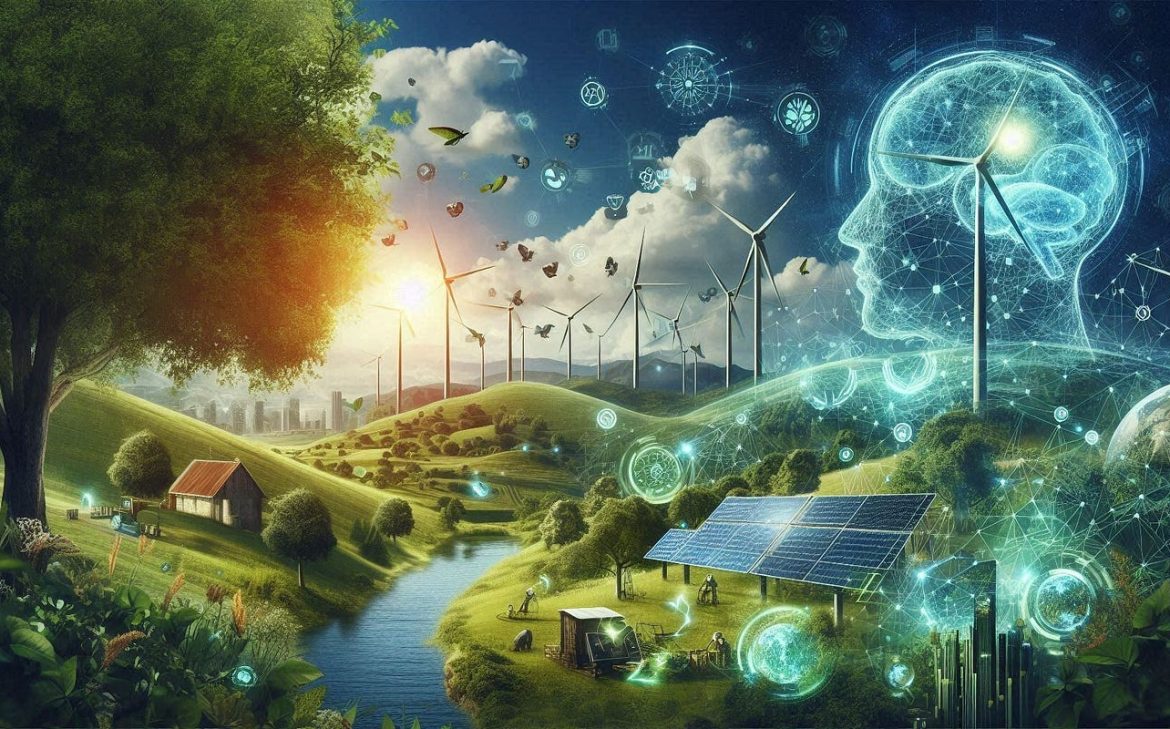Artificial Intelligence (AI) is rapidly shaping industries, economies, and daily life. As AI technologies evolve, they are also beginning to play a significant role in addressing environmental challenges. Understanding the potential of AI in supporting sustainability is crucial for creating a future where technology and nature can thrive together.
How Can AI Impact the Environment?
AI has the power to both positively and negatively influence the environment. On one hand, AI can optimize resource use, predict climate patterns, and develop sustainable solutions. On the other, the energy consumption associated with training complex AI models raises concerns about environmental impact.
Key Ways AI Can Shape the Future of the Environment
Climate Change Mitigation
AI can analyze vast amounts of climate data to improve climate modeling and predict extreme weather events. These insights can help policymakers and scientists make informed decisions to combat global warming and protect vulnerable communities.
Smart Resource Management
AI can optimize energy consumption in smart grids, reduce waste in manufacturing, and improve water management. By analyzing patterns of use, AI can help industries operate more efficiently with minimal environmental footprint.
Wildlife Conservation
AI-powered drones, camera traps, and image recognition tools are revolutionizing wildlife tracking and poaching prevention. AI can monitor endangered species and detect illegal activities in real-time, supporting global conservation efforts.
Sustainable Agriculture
AI assists farmers in maximizing crop yields while minimizing environmental damage. Smart farming technologies use AI to monitor soil health, predict pest outbreaks, and optimize irrigation, leading to more sustainable agricultural practices.
Renewable Energy Advancement
AI plays a key role in advancing renewable energy by forecasting energy demands, optimizing solar and wind power usage, and enhancing energy storage systems. AI can help balance energy supply and demand in greener power grids.
Challenges and Considerations
While AI offers promising solutions, it also presents environmental challenges:
- High Energy Consumption: Training large AI models requires massive computational power, contributing to carbon emissions unless powered by renewable energy.
- Data Bias: Environmental AI models must be trained on diverse and reliable datasets to avoid inaccurate predictions that could harm ecosystems.
- Ethical Deployment: The use of AI in environmental monitoring must be carefully managed to respect privacy, indigenous rights, and community interests.
Conclusion
The future of AI and the environment is filled with potential and responsibility. AI can become a powerful ally in building a sustainable world, but it must be developed and deployed with careful consideration of its ecological footprint. Balancing innovation with environmental stewardship is essential to ensure that AI contributes positively to the planet’s future.







Leave feedback about this